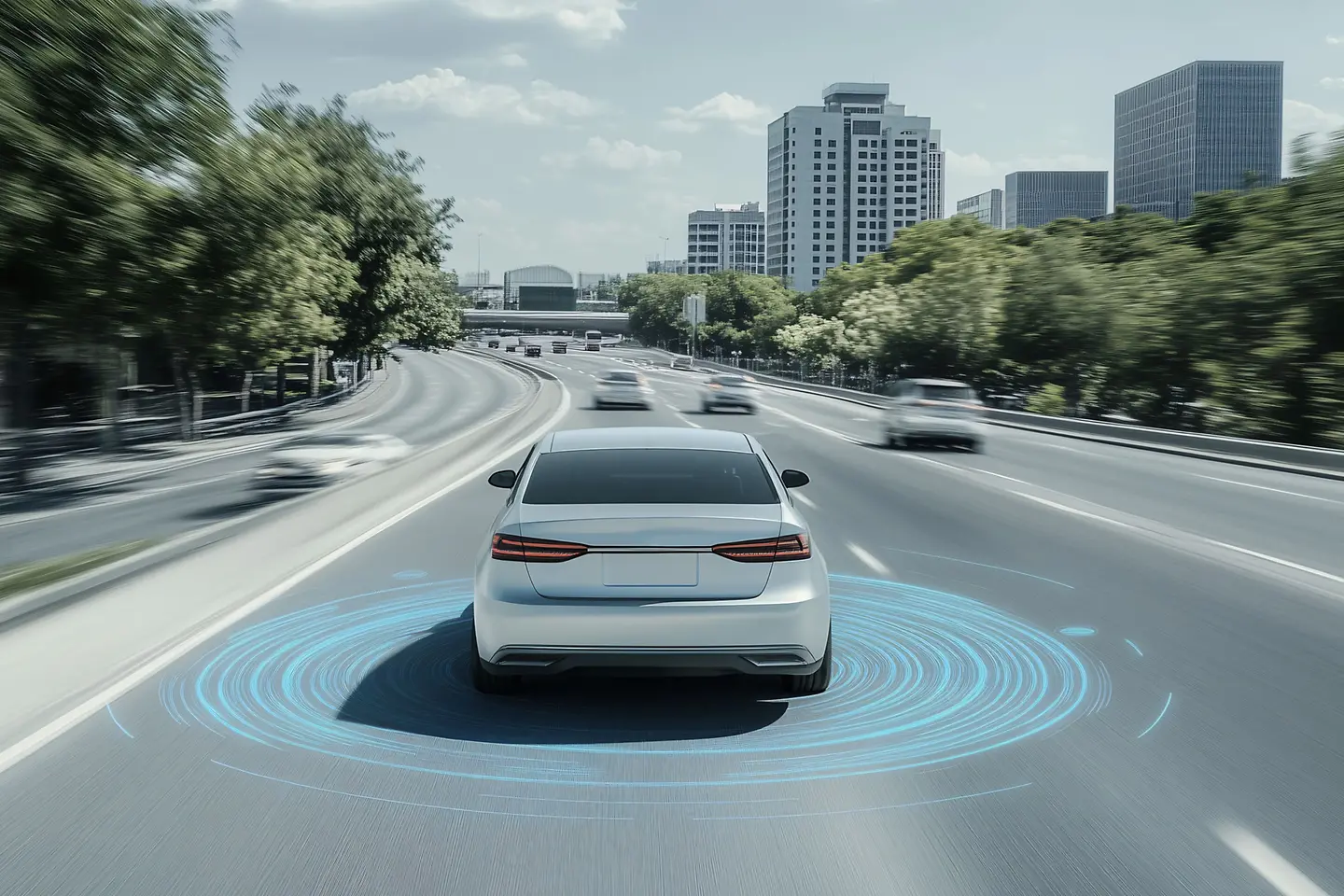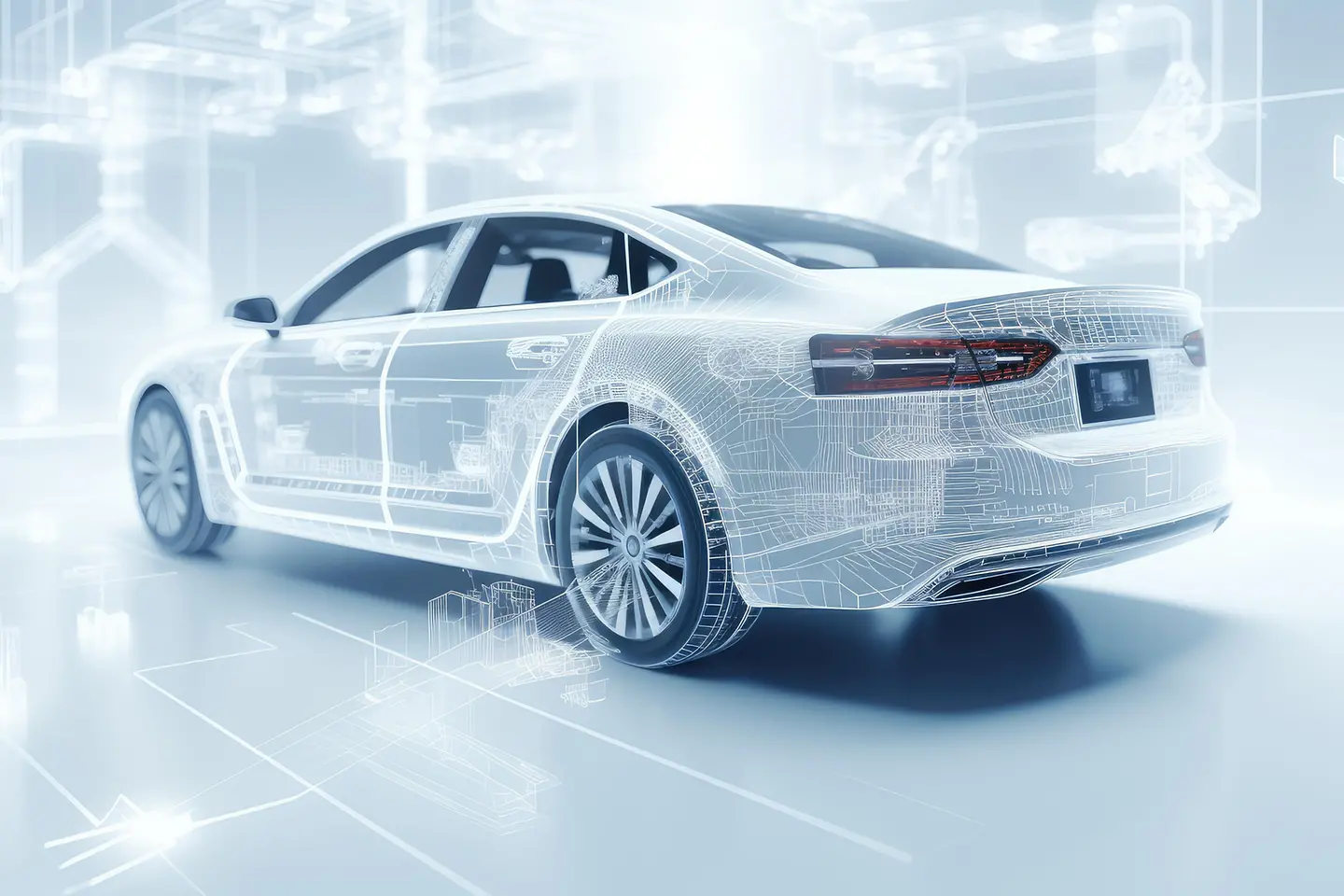
Connected, software-defined vehicles, automated driving functions and over-the-air updates have long been more than just a vision – they are a reality and are shaping the next generation of mobility. But while technical developments such as cloud computing and artificial intelligence are advancing rapidly, established processes such as vehicle registration are falling behind. The answers to these challenges are digital homologation and data-driven development processes – it is a paradigm shift that ultimately enables the self-optimizing vehicle.
Today's modern vehicles are driving computers. Electronic control units, sensors and software determine how safe, efficient and comfortable we are on the road. With the transition to the “Software Defined Vehicle” (SDV), the focus is shifting from hardware innovations to continuous software updates. Functions are no longer only provided and improved at the time of purchase, but throughout the entire life cycle – often remotely, via mobile communications directly into the vehicle.
This transformation brings enormous opportunities: Manufacturers can roll out new features more quickly, fix bugs and even establish business models around digital services. But it also brings with it new requirements in terms of safety, reliability and regulation. This is because every change to security-relevant software must be checked, validated and approved – a process that can take months and reaches its limits with traditional methods.
Traditionally, the development and approval of vehicle systems follows the model of “development, testing, validation, homologation” – all strictly sequential. But the reality of connected vehicles is dynamic: algorithms must be continuously adapted because traffic rules, infrastructures and environmental conditions change. Although test drives provide valuable data, they are expensive, slow and only represent a fraction of real traffic situations. As a result, software updates for safety-critical functions are rarely installed and usually only as part of recalls.
That is no longer enough. The industry needs an approach that combines speed, security and regulatory requirements.

This is exactly where the concept of the “Digital Loop” comes in – a continuous, data-driven development and validation process that closely interlinks development, operation and approval. At its core, the aim is to systematically collect and analyze data from the live operation of networked fleets and use it for the further development of algorithms. Intelligent data loggers in the vehicle automatically detect relevant traffic situations, store them efficiently and transmit them to the backend. In a private oder public cloud, they are enriched with historical and synthetic datasets to virtually test and validate new features.
Simulations make it possible to test new software versions under realistic conditions. Artificial intelligence often supports this. The results flow directly into digital homologation, i.e. the approval of software updates based on digital evidence and simulations – instead of needing months of physical tests.
Digital homologation is key to increasing the speed of innovation in the industry without sacrificing security and compliance. With the Digital Loop, software updates – including security-related functions can be rolled out within a few days instead of many months. Regulatory requirements such as UN ECE R156 (Software Update Management System) and R155 (Cybersecurity) are considered as well as the integration of testing organizations via digital interfaces.

Digital homologation is key to increasing the speed of innovation in the industry without sacrificing security and compliance.
Dr. Christian Hort, Senior Vice President Automotive, T-Systems International GmbH
The real game changer is the use of the swarm intelligence of networked fleets. Millions of vehicles continuously provide data from real operation. Algorithms automatically detect rare or critical situations that are particularly valuable for further development. By automating the entire process chain, from data collection and simulation to the delivery of updates – resources are conserved, sources of error are minimized, and the time-to-market of new functions is drastically shortened.
Cloud computing is the backbone of the Digital Loop and enables the processing and analysis of the vast amounts of data generated by modern, connected vehicles today. Data from millions of vehicles is collected, stored and enriched with historical and synthetic data sets via cloud platforms. The cloud offers the necessary scalability to process these volumes of data efficiently and to virtually test new software versions – regardless of whether it is a private, public or hybrid cloud. It thus creates the basis for the fast and secure development, validation and delivery of software updates as part of digital homologation.